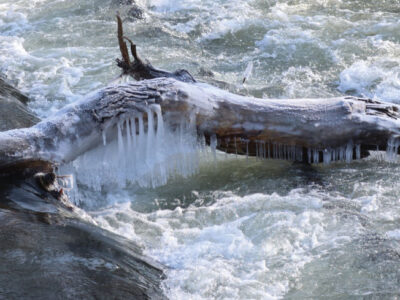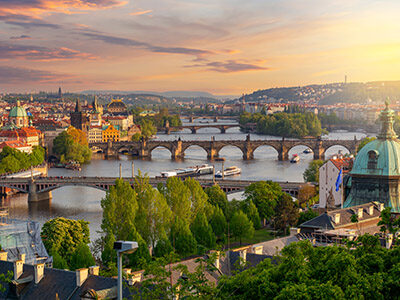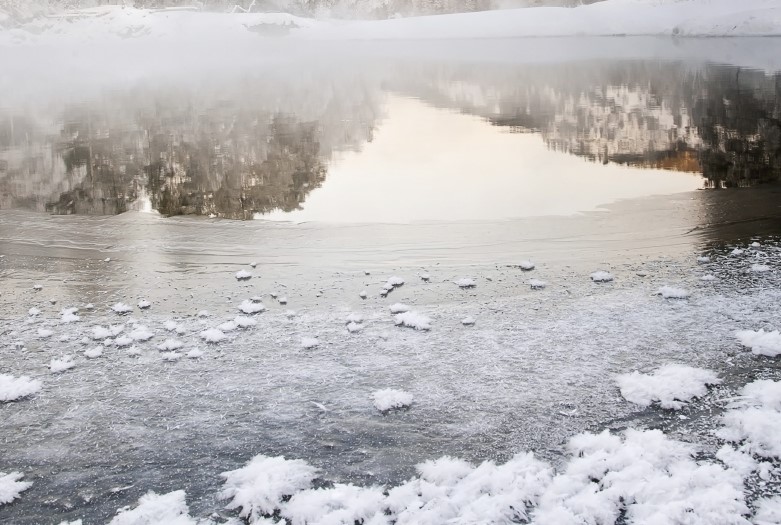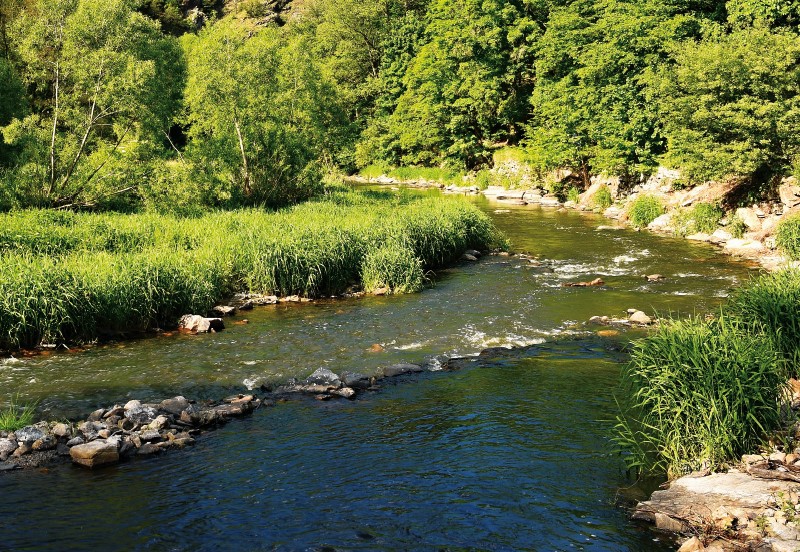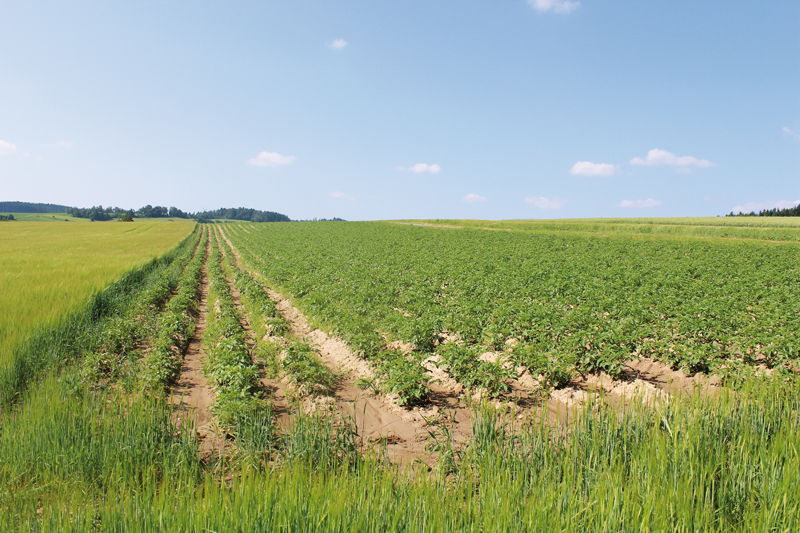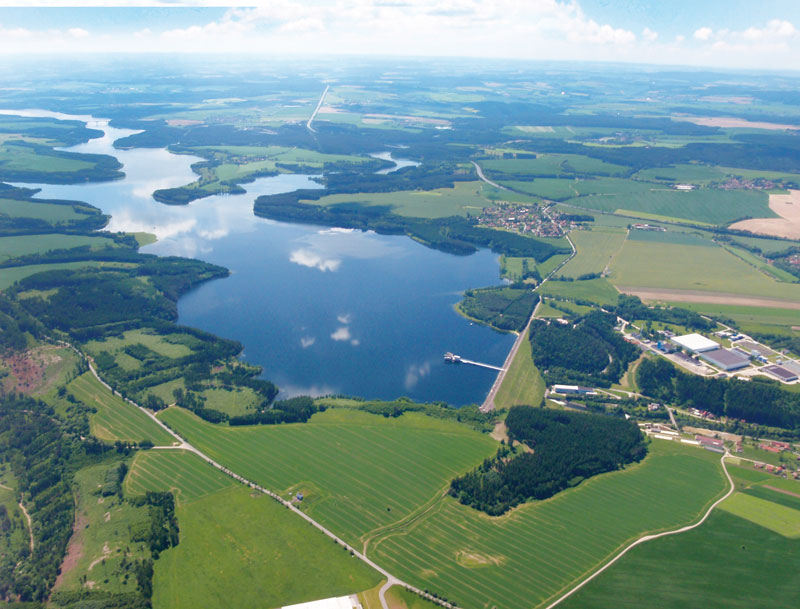First experience with measurement of phosphorus retention in the Lhotsk stream using TASCC method
Eutrophication of watercourses and reservoirs, specifically the enormous phosphorus load on water, has been the biggest problem for water management in the Czech Republic for several decades. Budget models are effective support for rational solution; apart from resources, they must include the river network characterization, i.e. the retention of phosphorus in streams. A direct method for measuring phosphorus retention in watercourses under well-defined conditions, i.e. a method providing generalizable retention parameters, is fundamentally lacking and it could significantly increase the accuracy of the current models. It seems that TASCC method (Tracer Additions for Spiraling Curve Characterization) has such potential. In this article, we describe its first application in the Czech Republic, namely in the experimental basin of the Lhotsk stream (Beneov district).
